
Choosing the Right Color Temperature for your LED Lights
The color temperature of your LED lights is one of the most important factors when designing your lighting plan, whether to create a cozy atmosphere or a place to work and design. However, the language of color temperature used in lighting – the Kelvin Scale – can be confusing. Parmida LED offers LED lighting products in a variety of color temperatures, and it’s important to be informed so you know what you’re buying.
What is Color Temperature?

Color Temperature is measured in degrees of Kelvin, which determine the hues in a light. Warm lighting tends towards a more yellow color, and cool lighting will be closer to a white light. A light that is 3000K for instance will have a warm yellow hue, and lights that are 4000K and above will have a cooler white hue. The range of color temperature is like the way sunlight changes throughout the day. For instance, the 2700K light is a soft white and the 3000K is a warm white, and they are similar to the colors you might see at sunset. Then the 4000K and 5000K lights are cooler and whiter, resembling early morning or midday. This comparison is a great tool to get a rough idea of what your lights might look like.
So Which Color Temperature is Best for You?
For spaces such as living rooms, dining rooms, bedrooms, it’s most common to use a light in the 2700K (Soft White) to 3000k (Warm White) range. This soft/warm white lighting will give your room a calm and relaxed energy that is great for creating an inviting ambiance.
If you’re less focused on achieving a certain lighting atmosphere and instead need your lights to primarily provide function, for instance in a bathroom or office, then a higher color temperature would be a great choice. In cases where you require proper lighting, a color temperature of 4000K (Cool White) or 5000k (Day Light) might be more suitable. The cooler, more white lighting will provide a more focused lighting environment, resembling natural light or day light.
All in all, lighting is a personal choice. While these are some of the more common selections, they are not a one-size-fits-all. The overall best way to decide the best color temperature for your lighting, is whichever makes you feel comfortable, and ultimately the atmosphere you see yourself living in and enjoying the most.


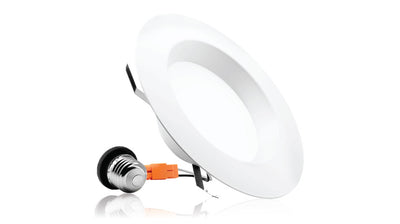
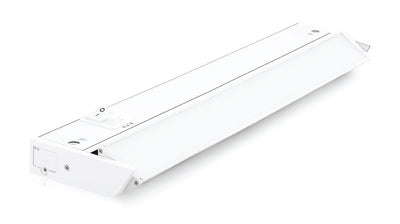
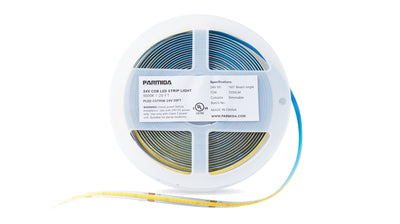
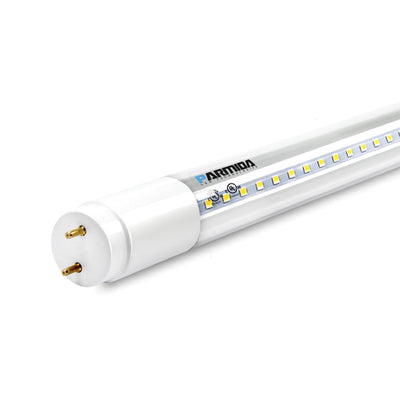
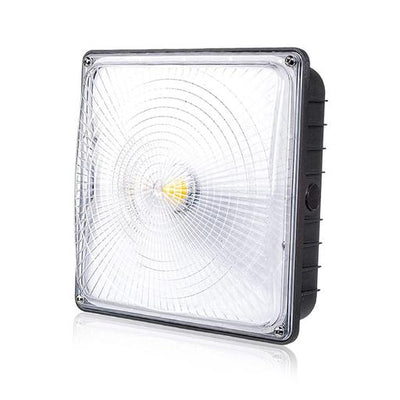







Leave a comment